Compilations and Box Sets
Ever since the beginning of the rock era, there have been compilations. As we mentioned in our very first special feature on The Album, long playing vinyl albums were simply a collection […]
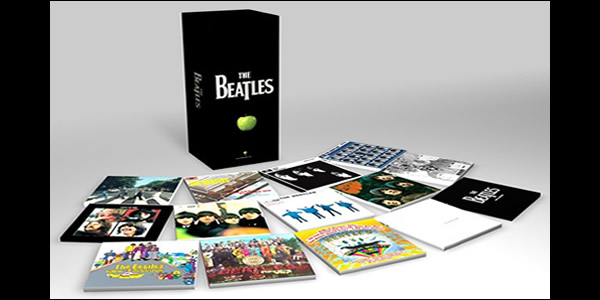
Ever since the beginning of the rock era, there have been compilations. As we mentioned in our very first special feature on The Album, long playing vinyl albums were simply a collection […]
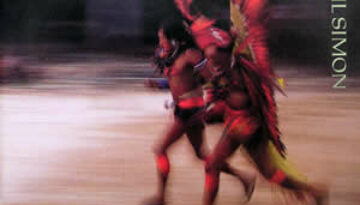
Buy The Rhythm of the Saints Ever the artist searching for a new, authentic sound, Paul Simon went to Brazil and employed the heavily percussive samba known as Batucada for his 1990 album, […]
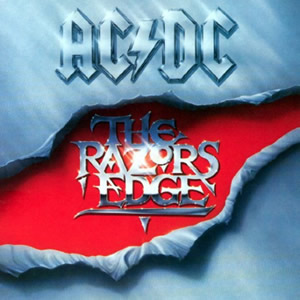
Buy The Razor’s Edge AC/DC showed the world that they were still an energetic and formidable band as they commenced the 1990s with the successful album, The Razor’s Edge. The music is upbeat […]
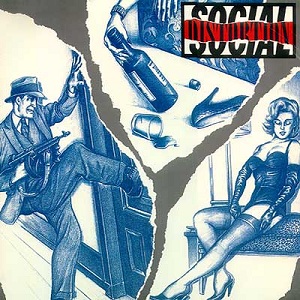
Buy Social Distortion After working for over a decade to refine their sound, Social Distortion finally got their opportunity for a major label release in 1990. Their third overall album, Social Distortion, displays […]
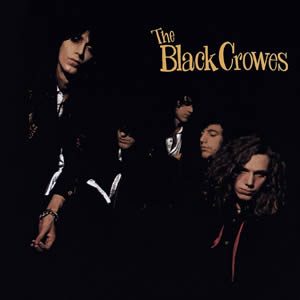
Buy Shake Your Money Maker The Black Crowes’ impressive debut brought old-school, blues-flavored rock to the forefront in 1990. A quarter century after its release, Shake Your Money Maker is still the group’s […]
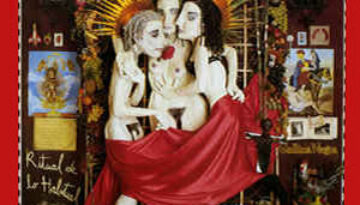
Buy Ritual de lo Habitual Released in the summer of 1990, Ritual de lo Habitual was the third overall album and second studio release by Jane’s Addiction. This critically acclaimed album was at […]
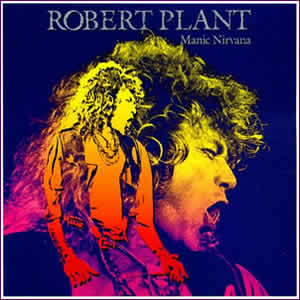
Buy Manic Nirvana If Led Zeppelin had attempted to make a pop-oriented album, it may have sounded like Manic Nirvana. This 1990 release by Robert Plant fuses some of the pop and dance-oriented […]
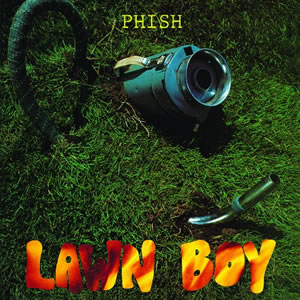
Buy Lawn Boy Continuing to forge their unique fusion rock sound, Phish‘s sophomore effort, Lawn Boy, is chock full of diverse diddys and extended jams. Predating the group’s major label signing, the album […]
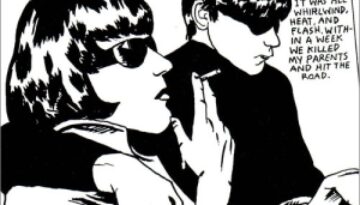
Buy Goo Sonic Youth‘s 1990 album Goo was a critical success and reached the highest album charting position of the group’s career. Their sixth overall release, this was the first after signing their […]
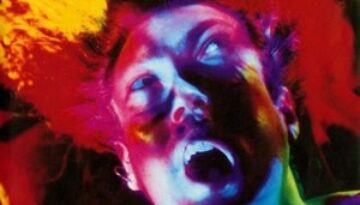
Buy Facelift Alice In Chains released an impressive debut album in 1990 with Facelift. Some have given this record the distinction of being the first “grunge” record to be certified platinum, although we […]